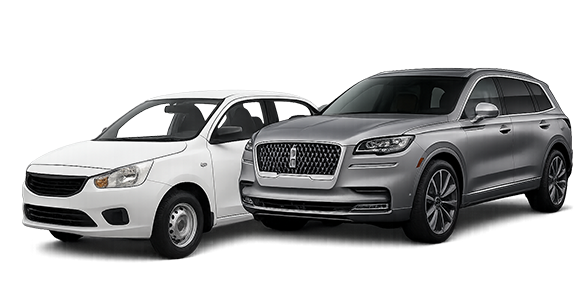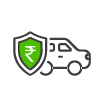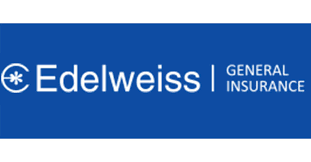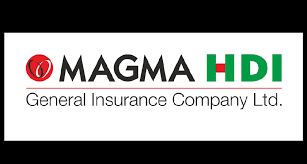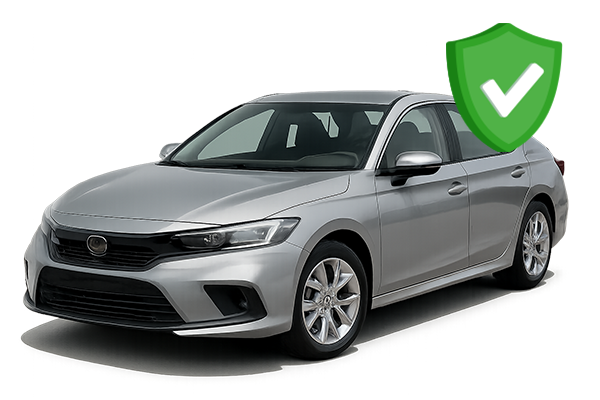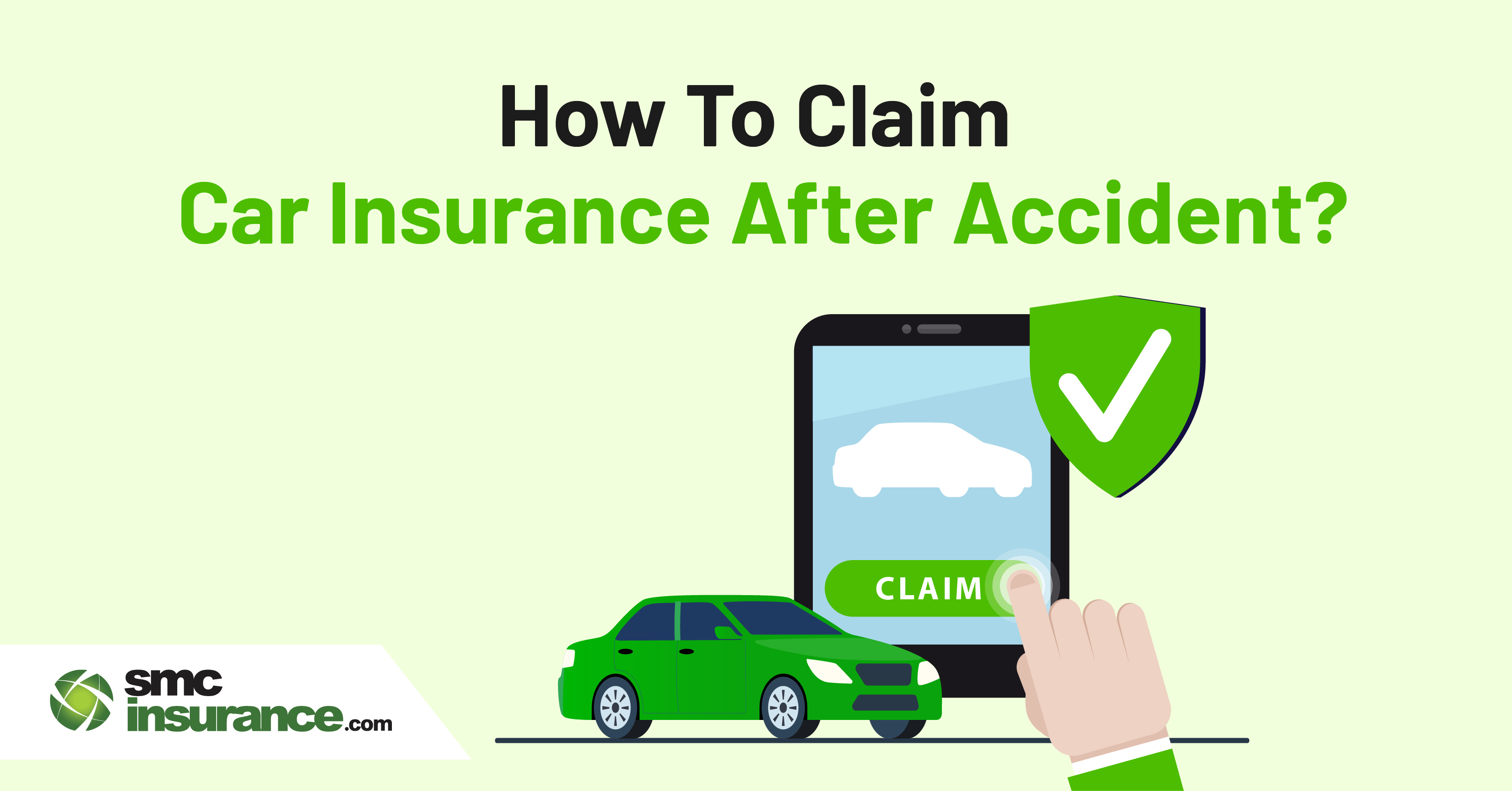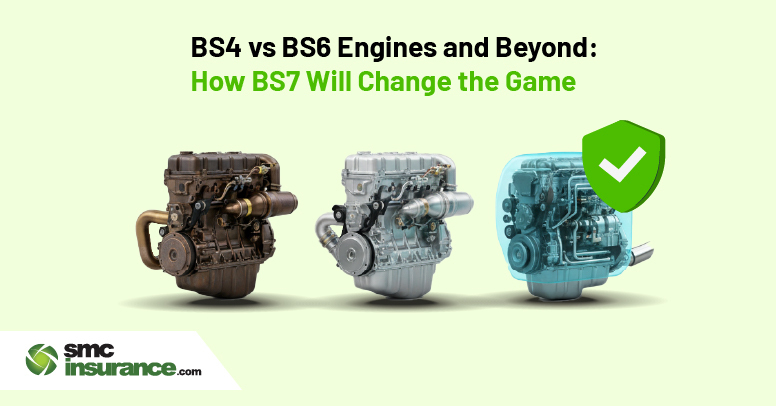Welcome to SMC.
How may I assist you?
SMC Insurance Brokers Pvt. Ltd.
Parsvnath Metro Mall, Near Pratap Nagar Metro Station, Pratap Nagar, New Delhi-110007
Registration No: 289, Registration Code No: IRDAI/DB-272/04/289, Valid till: 27/01/2026, License category: Composite Broker (Life & General), CIN: U66000DL1995PTC172311
Insurance is the subject matter of solicitation.
Visitors are hereby informed that their information submitted on the website may be shared with insurers.
Product information is authentic and solely based on the information received from the Insurer.
Copyright's 2025 SMC INSURANCE | All rights reserved









